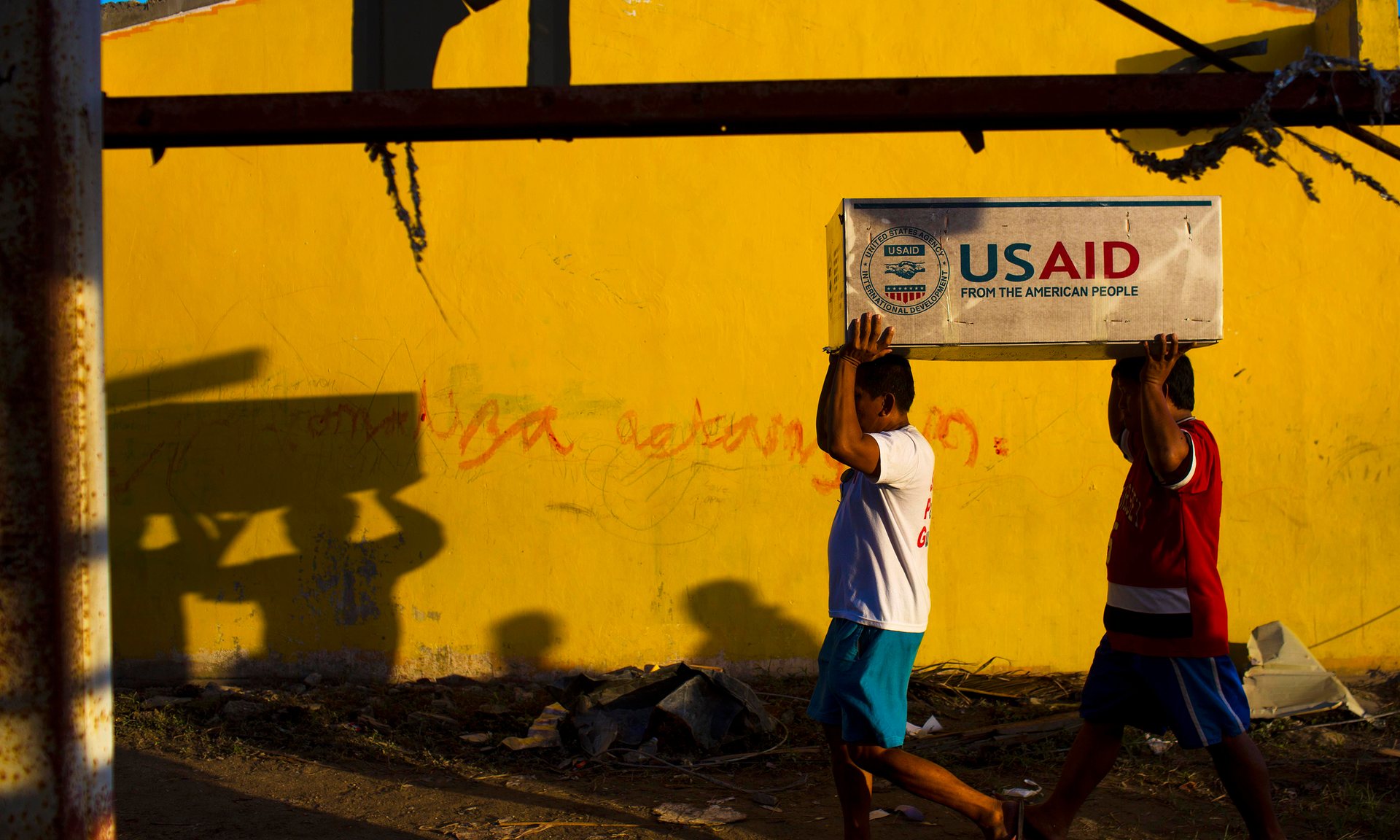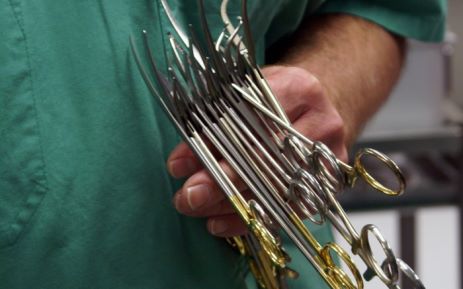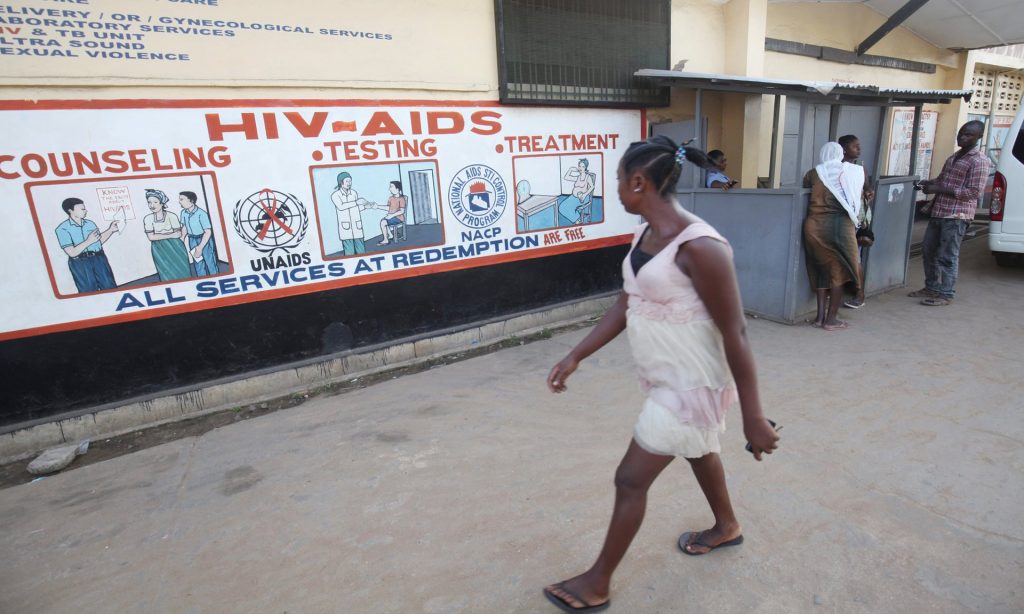360,000 adolescents are projected to die of AIDS-related diseases between 2018 and 2030. This means 76 adolescent deaths every day – without additional investment in HIV prevention, testing and treatment programmes, UNICEF has said in a new report titled Children, HIV and AIDS: The World in 2030.
allAfrica’s Sethi Ncube spoke with Dr Shaffiq Essajee, Deputy Chief of HIV programming at UNICEF Global. Essajee is also a member of the Paediatric Infectious Disease Faculty at New York University, where he has been caring for children who are HIV+ for the past 18 years. Dr Essajee was born in Kenya, and in 2001 he established one of the first free paediatric HIV clinics in the country, in the city of Mombasa.
Statistics show that HIV is prevalent among adolescents. Few schools in Africa have AIDS awareness programmes. What is the UNICEF doing to make sure awareness is thought of as early as possible?
I think that we have to recognise that what you understand and know about HIV, about sex and sexuality must be appropriate to your development and maturity, you can’t take a six-year-old and say now let’s talk about HIV prevention. What you can say to him or her is that your body is yours and you must not let somebody touch it without your permission, you mustn’t let somebody give you ouchies if you don’t want that. So there are age-appropriate things that you can do which you build upon gradually so that children can get that awareness and I think we think of it as something that’s negative, a naughty thing. How are we going to talk about sex, we shouldn’t be talking about those sorts of things – but the whole notion of comprehensive sexuality education says that’s not a useful way of thinking. Yes, it has to be age-appropriate but it can happen at a very young age where you can start to introduce some ideas. Some concepts that you’ll gradually layer information on. UNICEF doesn’t do this on its own, we work very closely with some agencies like UNESCO which has produced a global way of thinking on sexuality education.

Photograph: David Guttenfelder/AP
There’s a lot of materials, curricular, that can actually be used by adapted by countries to their local context. UNICEF promotes that process so that we promote the idea that countries will take a look at this information and see how to incorporate it into their school curriculum. We should be teaching this in school, doing it in way that are age-appropriate, that are sensitive to the local culture and context, but doing it because it’s important to protect young people, to empower them, to give them urgency and to protect them from violence and harm.
For some reason when it comes to sex education, we shy away from talking about sex because we imagine that it will encourage sexuality. The reality is the opposite actually. Most studies that have been done show that the more you educate children about these issues, about what’s healthy sexuality and what maybe isn’t the better informed kids get and the more likely that they are to delay sexual debut, the more likely they are to use protection when they become sexually active, the less likely they are to acquire HIV or other STIs or become pregnant as teenagers. So giving children awareness and information is critical to their long-term health and wellbeing.
With so many conflicts around the world, in Africa particularly that often shifts HIV fighting efforts to the background in favour of humanitarian aid. How do we make sure testing is done knowing that early detection is key and how do you bring about awareness in such environments knowing that HIV/AIDS is not top of priorities in such situations?
First of all, it should be a priority because in fact we know that HIV spreads precisely in those situations, those situations expose women to violence. People take to violence in ways that they might not be exposed to, in a healthy society that’s functioning. You disrupt that society, you put people on the move, you put them in displaced people’s camps and you disturb the normal order of society and the conventions that protect people from getting HIV. So UNICEF has recognised this for a long time and recognised that even in the programming that we do in emergencies whether it’s civil strife, war, refugees caused by drought or some other natural disaster, that putting people into camps and into environments where there are no more protection mechanisms, no longer function, increases the risk of HIV.
So we have a concerted programme to ensure that in such refugee settings HIV is not a forgotten element and again it’s because what you do to protect people from HIV also protects them from harm in general. It’s about protecting them from gender based violence, it’s about protecting them from coercive sex, which brings untold harms which in addition to the possibility of HIV transmission and so we work in environmental situations to ensure that we are building that bridge between the humanitarian response and the broader development response in the country.
Today we are discussing such worrying statistics that concern children and adolescents. Why are we speaking in their absence? And this looks like a small event, should we not be making lot of noise about this huge issue?
This is one media launch in one country, we have similar things going on globally and of course in New York and also in other parts of the world so it is not an isolated event. We are not the only voice, UNAIDS has put out a number of media documents that talk about “The Importance of Knowing Your Status” that is the theme they are pushing for World Aids Day.
The U.S government has also put out strong messages on World Aids Day. There are many voices not just UNICEF’s and there are many events like this happening in other parts of the world that will hopefully amplify the message.
Shouldn’t more be done legally considering the huge numbers of new infections among adolescents? Who’s having sexual intercourse with minors? Shouldn’t there be an arm in UNICEF dealing with this problem?
I think child protection is a very important aspect of this, so UNICEF legislates very strongly against practices that put children in harm’s way like for example child marriage which is often a way that in some societies young girls are pushed into very early sexual debuts but sometimes it isn’t the adults in the community that are putting those children at risk, it is the fact that those children are living in such poverty themselves that suddenly they have something that is a commodity that someone is interested in and is interested in providing something, like money, some luxuries to that young person in exchange for their body. That’s a very damaging way of thinking for young people. Adolescence is a time of transition and a time of change.

Sometimes things that happen in adolescence create life-long changes in that individual’s life. So you can go through a phase where you need money and you think “a sugar daddy is going to help me out with this, it doesn’t need to be forever, this is just until I get a job, I know he has a wife somewhere and I know he’s got a family but what do I care? It’s going to be for a little while and then I’ll make it on my own,” but if you end up with HIV or end up getting pregnant, the effect of that is with you for life, even if the situation was a short-term situation that you needed to address in some way, the consequences can stay forever and I think that’s the kind of message that we need to get out there, that young women and young girls don’t put themselves in harm’s way.
I think UNICEF needs to be more proactive about saying “what about the guys?”. Why aren’t we recognising that it is their desires, they may not know that they have HIV but they definitely know that they are not going to marry these young girls, they are not going to take them out of their poverty forever, they just want to use them for their amusement and entertainment and it’s a power struggle, it’s a power imbalance that is driving their behaviour. So we have to recognise that imbalance of power that exists.
I’m not saying it’s a universal thing that we need to speak out against but what I’m saying is that men need to recognise their behaviours and how they can be coercive and abusive and at the very least they need to be accessing services so that they know if they are living with HIV so that they do not pass it on to these unsuspecting young women. That’s the dialogue shift that needs to happen.
UNICEF of course is a child-focused agency so tend to talk about the adolescent, about the child, but what I think what we need to do is mobilise better, even though it’s not our job to talk about men, older men in society, I think we need to mobilise in a different way to make sure that somebody is addressing that side of the equation as well.
What we are promoting globally now, is really a push to say look at the multiples things that need to happen. It’s not just about pushing condoms out or making flavoured condoms available, that may be helpful but in itself it definitely won’t be. Yes, put out your flavoured condoms but make it part of a package, make sure girls stay in school. Make sure education and information is available to young people. Make sure services aren’t stigmatising so that if a young person goes into a facility and asks about their options for HIV prevention somebody isn’t going to chase them away. There needs to be a shift in the way in which we are thinking and programming so that we take this multipronged approach to prevention.
How has the quality of ARVs improved over the years seeing that people who started taking ARVs over a decade ago suffered serious side effects from the pills that they were on?
The drugs have improved so much since we started fighting this epidemic, in the early years we used to use a drug called Stavudine D4T. And this medication was really important because it was one of the first drugs, it was cheap, which meant that it was something that countries could afford to use and it meant that countries could start talking about large scale treatment programmes for a treatment at the time in the Western world cost thousand and thousands of dollars a year. So it was critical to have some of those early drugs to change people’s mindsets and say wow it’s possible to treat the millions of people living with HIV, that live in poor countries as well as people that live in wealthy countries but at the same time those drugs were not necessarily the best options for long term treatment for people living with HIV. We didn’t know this at the time but now we know that a drug like Stavudine causes some irreversible changes in the way in which the fat is distributed in the body. and toxicities unfortunately don’t go away even if you stop taking the drug, you may not see a resolution of those kinds of changes that have taken place and so there are many people living with HIV who have been on treatment for a decade or more who were once started in 2005/6 with some of those early drugs who had an appearance that clearly showed that they had had some side effects from these therapies
Today the story is very different, now we have drugs that are extremely well tolerated, actually they are even cheaper than they used to be and they don’t cause the sorts of disfiguring side effects that we used to see once upon a time. We are on the cusp of a new drug that is being released and being used in countries called Dolutegravir. This new drug is now approved by WHO and UNICEF supports its roll-out across the world and its extremely effective, its very well tolerated. Its a very small pill, so it can be easily combined with other treatments and its very affordable as well. So really the evolution in the science of developing new treatments is on-going, one day we hope to have treatments that can be given once a month or once every three months by injection for example so that you don’t have to take a pill everyday or many times a day, you can get one injection every three months and that injection is good enough to keep your body suppressed with the HIV virus, suppressed inside it until its time for your next injection. Science is always evolving, fortunately in the world of HIV, we have very good relationships with the industry that is developing these new drugs and we see continuous change in the kinds of options available.

